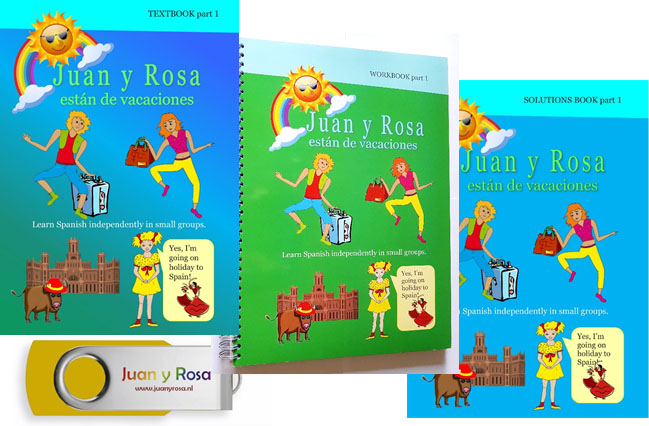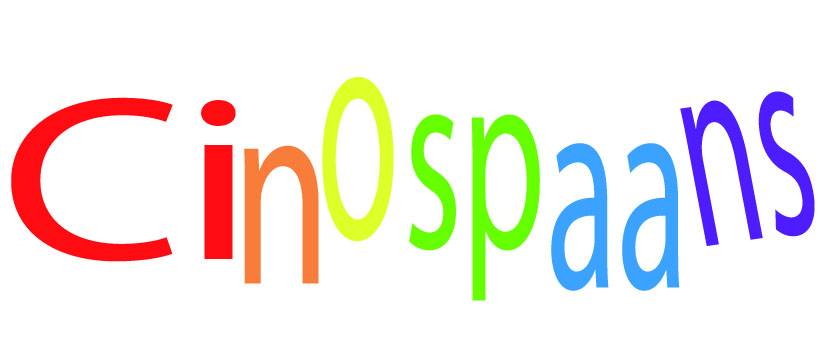MORE INFORMATION PART 1

Part 1 for pupils in Early Key Stage 2
Part 1 of the method is about Anne who goes on holiday to Spain with her parents. She stays at a campsite and meets the two Spanish children Juan and Rosa. Rosa comes from La Coruña in Galicia and Juan from Banyoles in Cataluña. They play together, go to the beach, go shopping, learn to ask the way, tell each other about their families and learn to count in Spanish.
What will pupils learn?
- A fun and motivating way to discover a new language.
- The Spanish language in the present tense at A1 level of the Common European Framework of Reference (CEFR).
- To speak Spanish through dialogue and conversations and by acting out scenes in drama exercises.
- To write letters and emails to other children in Spanish.
- To read Spanish books.
- To listen to Spanish stories and songs.
- To do Spanish puzzles and crosswords.
- To do homework and reflect on their own learning strategies
The textbook (el libro de texto) comprises 10 chapters, each of which is four pages long. In addition the textbook includes a 30-page dictionary and verb list at the back. The 150-page workbook (las tareas) is bursting with missing-word exercises, puzzles, open-ended questions, drama exercises, listening exercises, etc. Pupils can check their own work using the book of solutions (la solución).
The ‘USB-stick 1’ contains the words and conversations from the textbook, spoken by four native/near-native people as well as listening exercises and Spanish music to accompany the exercises in the workbook.
When putting together this book, the author enlisted the help of her own children as well as theoretical knowledge about gifted children. The book was subsequently refined based on the experiences of two Dutch primary schools — the ‘t Holthuus school in Huissen and the Toermalijn school in Duiven — of working with the method. A Spanish professor has checked and edited the book from the perspective of grammar and pronunciation.
Part 1 of the method is accompanied by a teachers’ manual and a pupils’ manual. You can click on the name of the manuals to download these documents.
Click here to download a digital version of Chapter 1 of the textbook of the workbook and of the solutions book.
